When deciding how to paint your home’s interior walls, the variety of finishes available can…
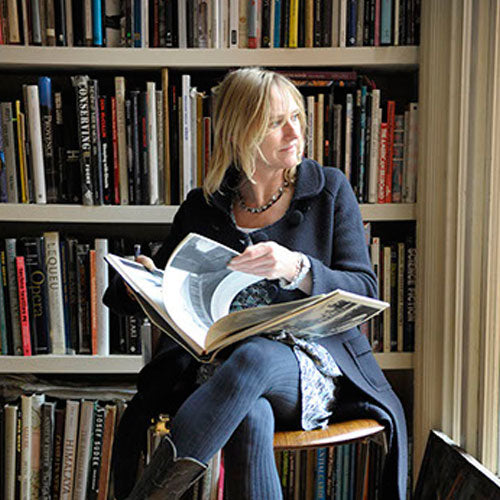
Interview with Caroline Cobbold – Caroline Cobbold Design Ltd
Hello! Can you tell us about yourself?
I’m Caroline Cobbold of Caroline Cobbold Design Ltd. I launched my first interior design business with a partner 12 years ago, but bought her out when she decided to focus on set decorating for the film and TV industry. My new company, CCD Ltd, was formed 5 years ago.
I work mainly on residential projects but also enjoy commercial work, and I am hoping to open a boutique hotel of my own one day, although haven’t yet decided on the location.
I have worked for many wonderful clients in the UK and abroad, and completed projects in France, Greece, Switzerland, and the US.
The New Year will be exciting, as I will be opening a new office in Los Angeles.I am truly passionate about design.
What’s your backstory and what attracted you to design?
I spent 35 years in the film industry, initially as a set decorator, and then art director, designing beautiful room sets, and creating backgrounds for location shots. Consequently, I have a wide knowledge of many genres and styles.
I also studied the history of interiors and was responsible for sourcing fine furniture and artifacts. Interior design was a natural progression from film work, and my skills and experience from the film industry are invaluable when designing interiors for clients.
I was very lucky(probably because of my contacts in the film industry) to land my first project designing Jennifer Saunders’ London house and then on to Ruby Wax’s.
Luckily the first job also involved working with a great architect, so it was a good experience, and Jennifer gave us Carte Blanche.
I also learnt a huge amount by redesigning my own home about 9 years ago, and learnt many lessons along the way!!
What do you love most about designing?
I am very passionate about interpreting my clients visions and desires, and creating a space/home, whatever the brief, that far exceeds the client’s dreams.
I am conscientious and thorough, and motivated by creating a good design, whether contemporary or traditional, and sometimes balancing both.
My training was traditional, and I love working with tried and tested skills/suppliers who have a history of professionalism. There are many ‘new’ companies out there that can not yet contribute high quality or sufficient experience.
I do not tend to go for the ‘most expensive ‘ because it ‘must be the best’ approach. I am very skeptical of that idea, and prefer to treat each project as unique in terms of what will work best.
To be trusted to ‘design something beautiful’, and be given free rein, is ultimately the dream of many designers, and what I love the most
But it’s getting harder and harder for this dream to be realized due to the internet, design magazines, and design sites, which as well as influencing the choices of clients, can also make the process look easy.
A lot of people now believe they can design furniture, or take a good photograph, paint a good picture, or design interiors, because they can copy. It seems simple, you open a magazine, or see a photo on a website, and what’s more, it tells you where to buy everything.
Some people can design, but many can’t.
I sometimes worry that the instant availability of inspiration and freely available ideas, although wonderful, may be sounding the death knell for designers? Will anyone actually still need an interior designer?
There are many who think they know exactly what they want but are just too busy to do it themselves. This type of project could become a glorified ‘shopping experience’,for the client, lacking the crucial element of ‘Design’. The role of the designer can therefore become tainted, and they may be relegated to the task of implementing someone else’s design, almost exactly as shown in the ‘photograph’!. So I like to work with clients who see the design process as a creative collaboration, and I love it when everything comes together so the clients dreams are fulfilled in a unique and creative way.
Now that minimalism has become popular ,many are moving away from fabrics and soft furnishings. In response, many architects have created their own internal departments for interior design to keep the process under the control of the architectural practice.
But the two disciplines are so different. It works best with a collaborative approach, and I love working with architects who recognize the unique abilities that professional interior designers can contribute to the project.
For me, the most fulfilling aspect of designing is when my clients are satisfied with the result, followed closely by my own satisfaction, and sense of pride that the job looks beautiful and turned out well!
Who, for you, has been the most influential designer/designers?
My aunt, Tessa Kennedy, an internationally renowned Interior designer of 40+ years, has been a great influence. I ran another company with her for a few years before she retired. We enjoyed working together, and completed projects in several countries.
I like the early work of David Mlinaric (where my Aunt began her career in the 1960’s). Early Ciancimino design is inspirational.
I like the tastes of Rose Uniacke , and Axel Vervoodt, and I love the work of the architects Timothy Hatton and Michaelis Boyd. I also like the work of Lorenzo Castillofe and Gavin Houghton.
Where/how do you find inspiration for new designs?
Seeing the site and meeting the clients, seeing how they live, getting a feel for what they have already. Listening carefully to what they have employed me for is obviously key.
Very few people come with absolutely nothing, and most clients already have some great ideas and sources of inspiration.
If I’ve ever had ‘designers block’ it’s probably because other things in my life, and work, are niggling and distracting me from concentrating. It can be an unsettling feeling, but thankfully, it’s rare.
I know that my first initial feelings for the direction of style and design will probably be the best. I go through a process of decision making, idea elimination, and consideration of alternatives before I get to that point.
Sometimes, things can get changed within a design that can have substantial knock on effect to the overall cohesiveness. It’s then necessary to create changes that are inspired by the original goal, whilst embracing the new ideas.
Describe your approach to functionality v aesthetics.
I am primarily motivated by the importance of design aesthetics, but also realize that style and function are just as important as each other. Obviously the design has to work properly for its intended use, and not just look good.
When choosing products, there are many poorly designed products of low quality that look good. Cheap products although aesthetically pleasing, may not be functionally resilient.So it’s often a choice between spending a little more initially or choosing the cheaper option that may need replacing sooner.
I understand budgets dictate, but I hate the way that low standards are helping to create the ‘throw away and replace’ consumer society of today.
I am proud to be old school, and would rather have a beautifully designed piece that will last for my lifetime. I am never inspired by a bad copy, or a cheap piece.
Sometimes though, a client’s budget dictates that a high quality copy must be used. There are ‘copies’ and other ‘copies’ out there, with a significant differentiation in terms of quality of finish. In situations such as this, I pride myself on being a good judge of value for money.
When the budget facilitates the purchasing of genuine and original pieces, I am also lucky to have sufficient experience to be perfectly capable of spotting a fake!
I love to work with clients who are inspired by, or passionate about, art, collecting, or design. Great results are born from shared passions.
I also enjoy working with clients who appreciate the importance of this discipline, and appreciate the skills and experience that an interior designer can contribute to their project, to help them achieve their dreams, Clients like that are my gems!
Describe your approach to choosing/using colours.
First, I study the various aspects of the property, and each room individually. I pay very close attention to the light source , where it originates, what it touches, and the effects of the size and height of the rooms.
I am not scared of using colour, in fact I love it. If you have a dark room with little light or no light why automatically try to make it bright? In some situations, I could be more tempted to make it even darker!
I love the mix of colours and textures , it is what gives character to a design. There is nothing bland, boring or safe about my designs but I am also not ostentatious, or over exuberant.
I like interiors to not feel ‘over designed’ or too precious. Most of my projects are people’s family homes where they need to feel ‘at home’.
A home and its ‘vibe’ naturally says an enormous amount about the person living in it. I like ‘character’, I like ‘individualism’. Character and individualism say “confidence”! Who can disagree with that?
How are green awareness and the increasing popularity of eco-friendly products affecting the design process(now, and in the future)?
I am very conscious of the world we live in and of protecting it. I would always favour natural products over plastic/acrylic/chemically enhanced synthetic products.
Synthetic products have been a major cause of destruction and disease over the last 100 years.
For example, some chemicals and metals can cause brain dysfunction and mutated cellular structure, which can be a causal factor for some of our now common diseases.
I believe that unthinking consumerism will eventually die down, and holding onto well made items will become more appealing. People will again understand that if something works and looks good then there is probably no need to replace it.
This then is why I prefer a product which is timeless, works well in any situation and is built to last. It’s better, and greener!
I don’t like fads, and far too many people are now geared by ‘fads’ and ‘what’s in this year’. More mass produced stuff equates to more pollution and the increased use of oil and chemicals.
Additionally, if you feel the need to change your style often, you may only be able to afford cheaper things!
Take us through your process of designing for a client.
First I meet clients and view the property. I like to discover which of my previous designs they like best, and why they have chosen me.
I take note of what furniture and paintings they like, and what they want to keep. Sometimes I don’t agree with the clients preferences, but its about them and not me.
I can try to persuade, successfully I hope, but ultimately I have to make the clients vision work within my design.
My training in the film industry involved using the best of what one is presented with, and making an ‘ordinary’ thing look amazing , bringing out its best quality.
It can be hard and a waste of time to go too far down the path of a new design without input from the clients. But, on the other hand I don’t like giving away too much too soon and creating masses of choices, or asking for too many opinions.
Too many opinions can create too many ‘ifs and buts’ , ‘what about this” and “lets try this’ too many times, and can bring a project to a standstill.
My job is to make a decision based on the clients preferences and create a look.This is what I think I am employed to do, and what I was trained for.
I make design decisions by drawing on my years of experience, constant visual feeding (whether it be from my old library of design books or internet searching), and inspiration gained from visiting many locations, travelling the world, and decorating properties.
What do you like to hear people say when they view your work?
I love to hear “Oh wow that’s beautiful” ,who wouldn’t ? !!! I like it when clients fully appreciate my unique style and approach to aesthetics.
What is your all-time favourite design (yours)?
I think that my all time favourite design was a spatial reconfiguration of rooms, photos of which I am not able to publish- sorry.
What is your all-time favourite design (someone else’s)?
I don’t honestly think I can choose one, I can’t quantify that simply enough ! I have favourites in many genres and many fields – all have their reasons.
Through real-life design projects, have you learned anything particularly helpful or advantageous?
Oh yes – every job you learn more, even the experienced, I always listen carefully to experts.
Don’t be afraid, if you try out something for the very first time- you’ll learn ways of making it better for the next!
Have a good team all working together, no egos, no room for amateurs.
Advice for readers who want to redesign their homes/workplaces?
Far more complicated in reality, and more time consuming than can be imagined. And it can be stressful. Bring in experts, but it must be someone you can trust.
Ensure you have drawings and full scope of works so builders can’t say ‘oh I didn’t know you meant that’ or ‘it didn’t include that’ !
At the beginning of the project, focus on what you really want, and what you will be happy to live with. Changing your mind and not being ‘sure’ about a design choice, can result in the project costing so much more money.
What interesting projects are you working on right now? And what does the future look like?
I am working on the final stages of a beautiful lateral flat right on the Kings Rd in a conservation area. We have received planning permission to reinstate the beautiful 6 French windows on the front facade that were originally intended for the 1850’s building. Will be finishing before Christmas. The client lives in Atlanta.
I am also working on a continued project for a film director client of 4 years, the property is in the centre of London.
I also have a project lined up for the New Year for Hong Kong based clients who have a flat in Kensington.
Also working on a modern refurb in Acton starting January. The property is in a very modern new build, so very interesting, and quite different for a small project. Initially a concept design, the clients are from Los Angeles.

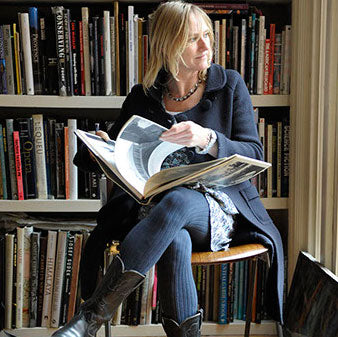

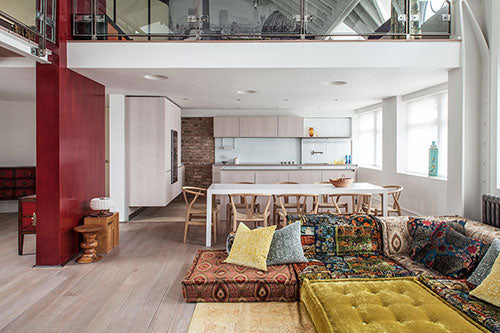


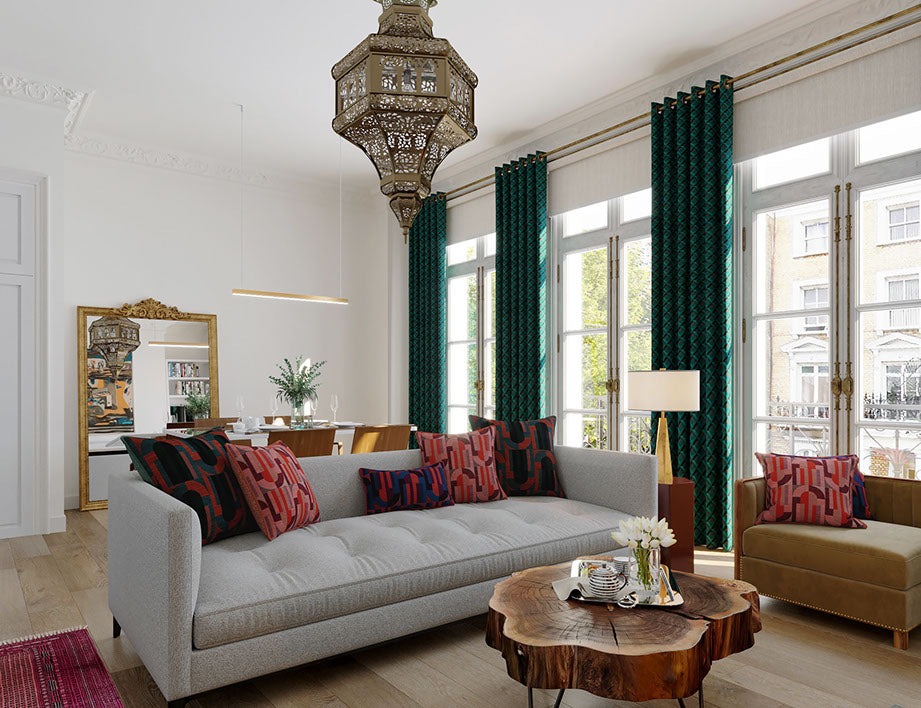

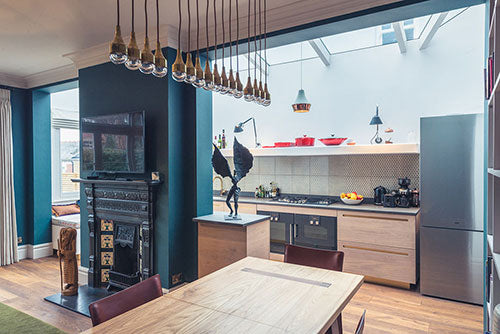
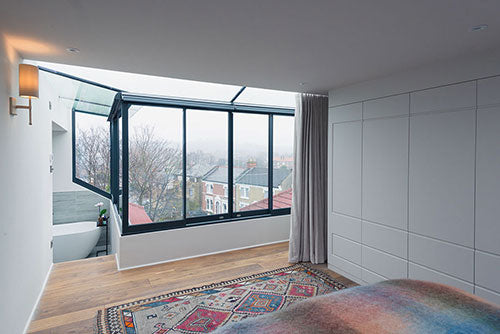


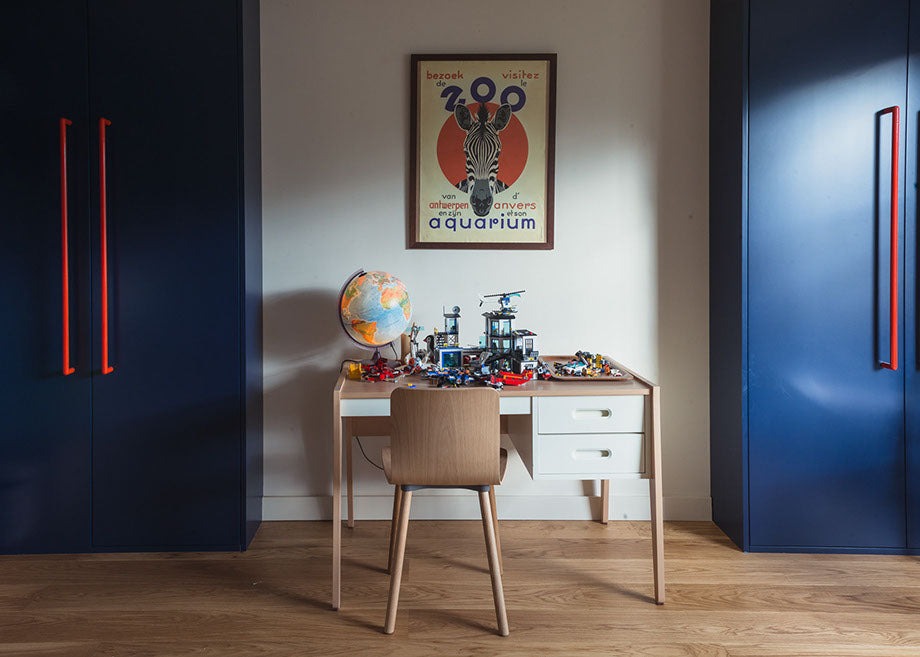
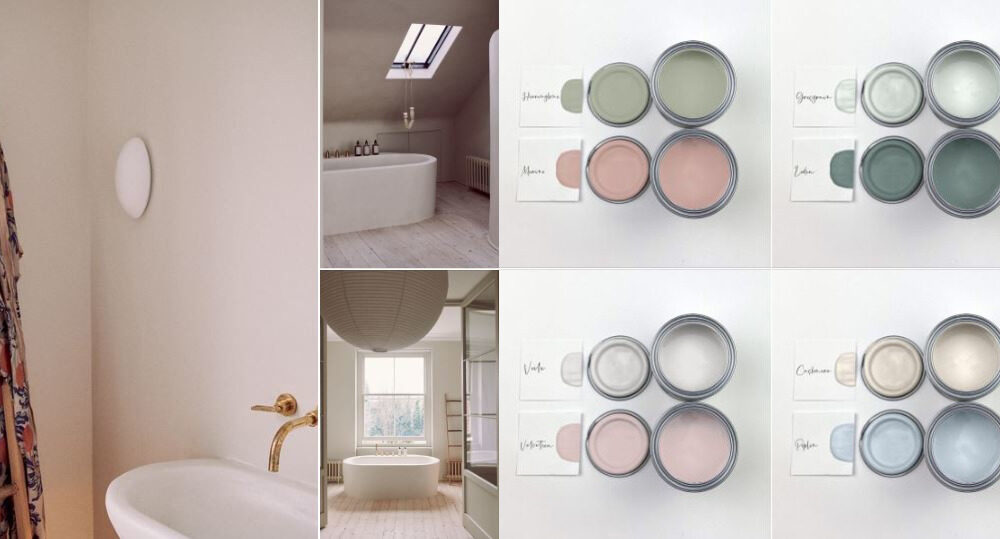
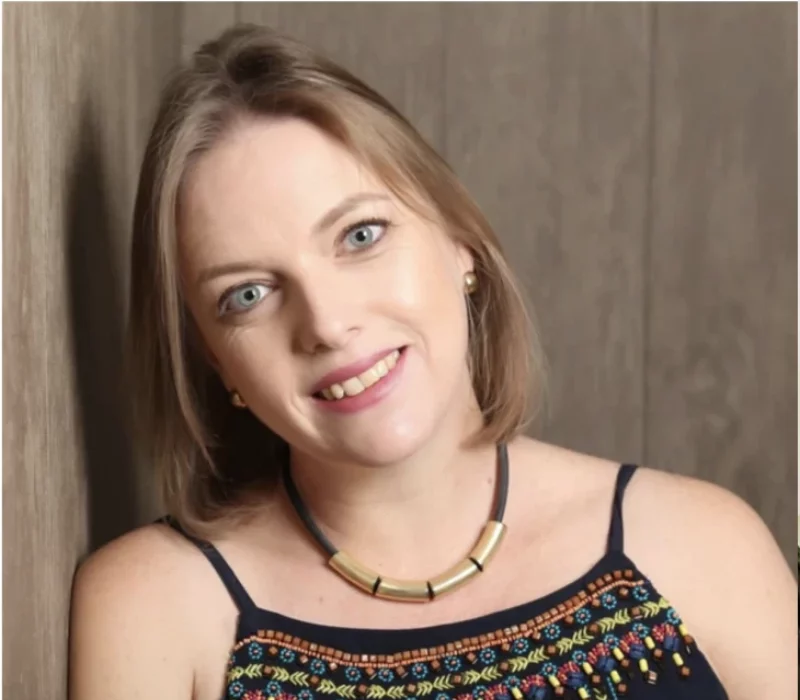
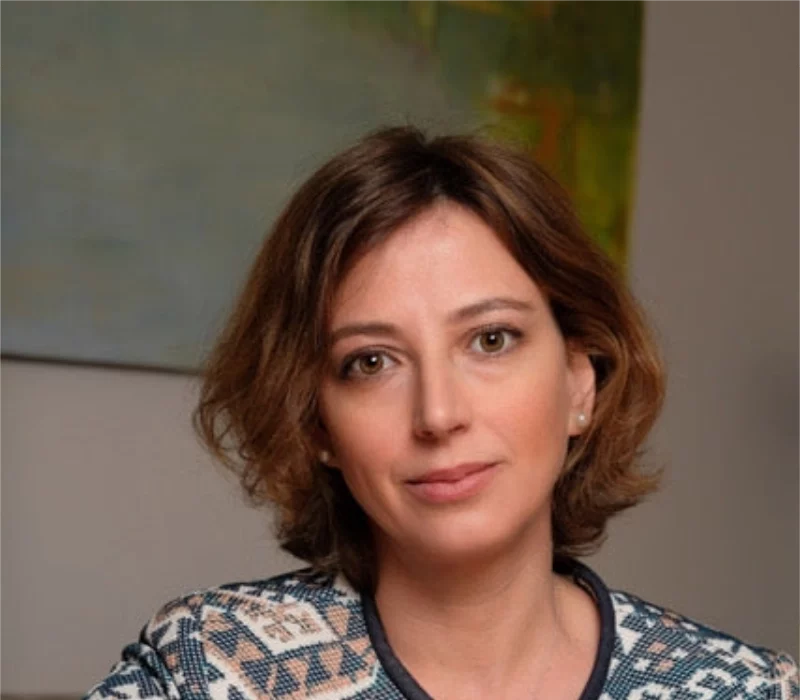
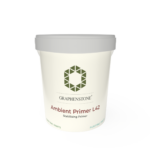


This Post Has 0 Comments